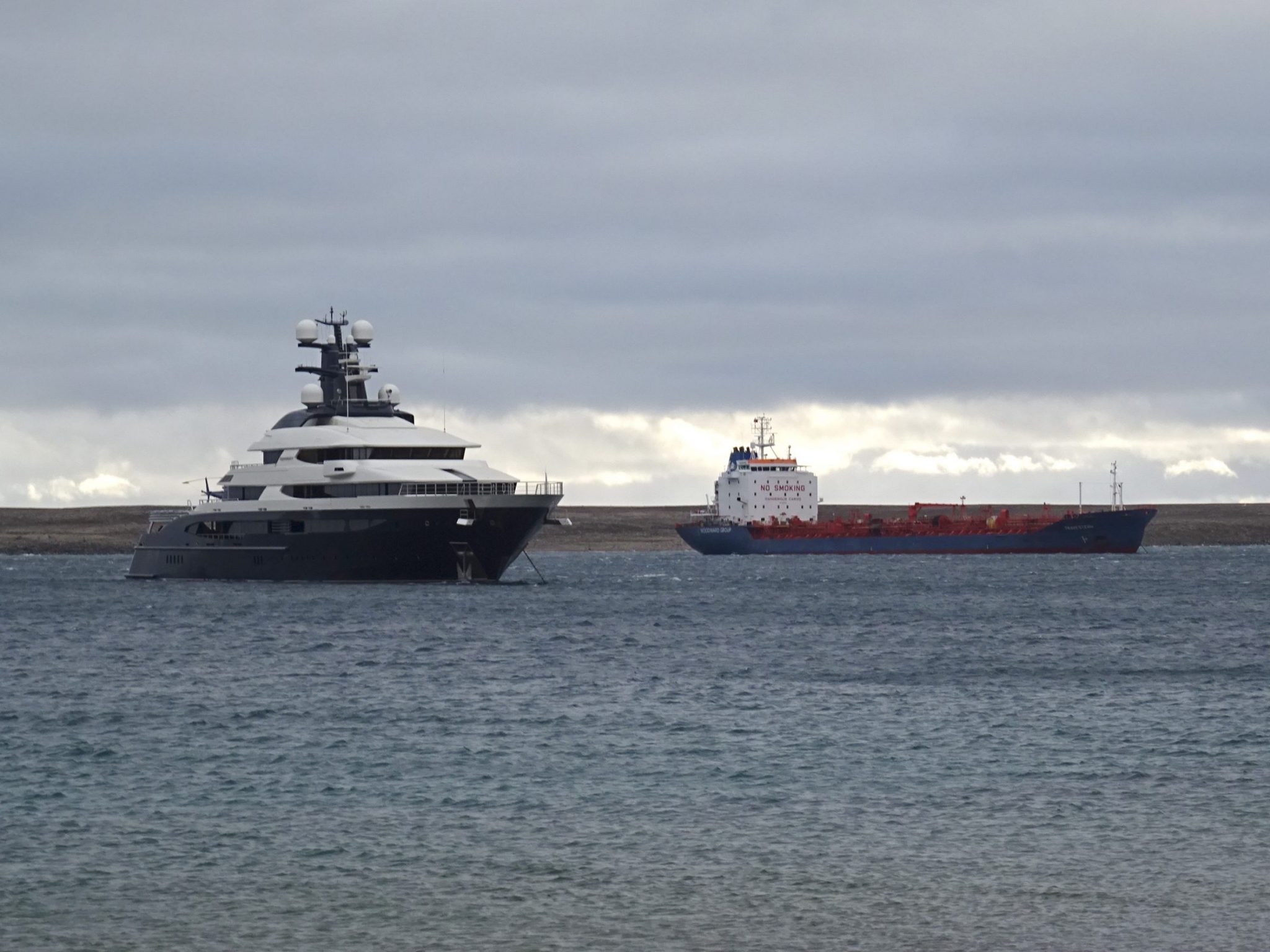A new report shows that more ships are visiting the Arctic
Fishing vessels made up the largest share, accounting for more than 40 percent of the vessels in Arctic waters during the period.

A fresh report from an Arctic Council working group finds a 25 percent increase in ship visits in Arctic waters from 2013 to 2019.
The Protection of the Arctic Marine Environment (PAME) group report, released on March 12, looked specifically at changes in vessel traffic and type from 2013 to 2019.
For the purpose of its first Arctic Ship Status Report, PAME used the Polar Code’s definition of the Arctic, which includes everything above 60 degrees north in most of the west, but dips south to 58 degrees to encircle Greenland.
The study counts unique visits, so a ship that visited multiple times in one year would only be counted once.
In 2013, 1,298 unique ships entered the Arctic, according to the report, based on information from the Arctic Ship Traffic Data System. By 2019, the number of unique ships in the Arctic grew to 1,628.
The report also shows that many of the ships that entered the Arctic in 2019 — 41 percent, or 671 of these — were fishing vessels.
That was followed by ships classified as “other,” such as research vessels and icebreakers. The next most common ships were general cargo ships and bulk carriers.
There were 73 different cruise ships in Arctic waters in 1999, which is more than the number of oil or gas tankers, or container ships.
The report also showed that ships are now sailing 75 percent longer distances than they previously were. Again, fishing vessels saw the greatest increase in nautical miles travelled.
All of this, the report notes, coincides with the decline in sea ice across the Arctic.
While the sea ice extent in September 1999 stretched across 6.1 million square kilometres, it had shrunk to 4.3 million square kilometres in the same month in 2019.
The record for minimum September sea ice extent during this period was in 2012.
One example of a big increase in shipping took place in Baffin Bay.
In 2013, the report shows, shipping in the area was relatively low. The following year, Baffinland’s Mary River mine opened.
The project began with the shipping of up to 4.2 million tonnes of iron ore from the mine’s Milne Inlet port, which has grown to 6 million tonnes by 2018 and through 2021.
Baffinland is currently seeking regulators’ permission to expand its Mary River operations. The company’s phase-two expansion plans would double the mine’s production.
Those discussions will continue through technical meetings, which have been postponed due to the current coronavirus pandemic.
The Inuit Circumpolar Council of Canada has been vocal on the issue of safety and environmental protection for Arctic shipping.
“Modern day remote Arctic communities depend on markets in the south for many of our goods. With this comes the need for safe and economically sound shipping and transportation routes to move people and goods to and from this region, which is becoming more accessible, as ice recedes,” reads a Feb. 25 news release from the organization.
“ICC’s position is clear, we must take measures to ensure safe Arctic shipping in a manner which does not further burden remote Inuit communities.”
These considerations include the creation of safe shipping corridors and spill-response plans, as well as restrictions on ballast discharges, underwater noise and emissions.
The ICC and its Canadian arm have pushed for a full ban on the use and carriage of heavy fuel oil in Arctic waters, without exemptions. Most recently this call was made at a meeting of the International Maritime Organization in London, England, in February.
“We are pleased that [the Government of] Canada announced its support for the ban in the days leading up to this meeting, bringing the number of Arctic states in favour of a ban to seven out of eight,” said Lisa Koperqualuk, vice-president, international affairs, of ICC-Canada.
“We are living in an age of transformation in the Arctic and we must not hold Indigenous communities hostage by threatening increased costs. We are simply taking action to safeguard our Arctic marine waters, animals and environment—each are interrelated to the many dimensions of who we are as distinct peoples.”